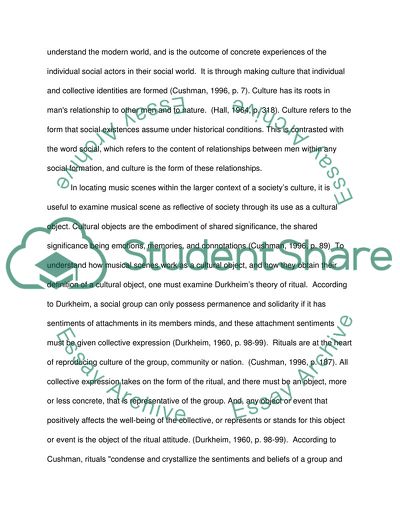Cite this document
(“Subculture, Taste Culture and Counterculture Theory Essay”, n.d.)
Subculture, Taste Culture and Counterculture Theory Essay. Retrieved from https://studentshare.org/music/1574307-subculture-taste-culture-and-counterculture-theory
Subculture, Taste Culture and Counterculture Theory Essay. Retrieved from https://studentshare.org/music/1574307-subculture-taste-culture-and-counterculture-theory
(Subculture, Taste Culture and Counterculture Theory Essay)
Subculture, Taste Culture and Counterculture Theory Essay. https://studentshare.org/music/1574307-subculture-taste-culture-and-counterculture-theory.
Subculture, Taste Culture and Counterculture Theory Essay. https://studentshare.org/music/1574307-subculture-taste-culture-and-counterculture-theory.
“Subculture, Taste Culture and Counterculture Theory Essay”, n.d. https://studentshare.org/music/1574307-subculture-taste-culture-and-counterculture-theory.


